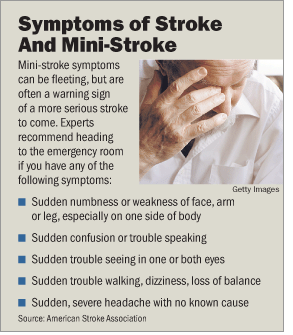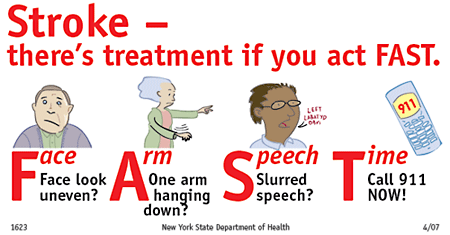
The brain requires constant supply of oxygen and nutrients to function. Therefore, even a momentary interruption in this blood flow can result in severe problems. The result is that brain cells begin to die and no longer regenerate. The damage that these dying cells cause to the brain can have a drastic impact on a person’s physical, mental, and cognitive abilities. When the brain is injured by a stroke, the blood vessels around the affected area become clogged, forming a clot that blocks the flow of blood to the brain.
In addition to the symptoms, the brain also plays a critical role in the recovery process. A patient with stroke should avoid smoking and consume plenty of water. The best way to prevent a stroke is to eat a healthy diet. Fruits and vegetables should be consumed regularly. A patient should engage in exercise. This will help build up the brain’s ability to heal. In addition, people should try to limit their risk of a second stroke. Although a second stroke is twice as damaging as the first, it can be averted if a person can take care of themselves properly.
It is important to keep in mind that the brain needs blood flow to survive. When blood flow is interrupted, the brain’s cells start to die. Usually, the cells die within a few minutes to a few hours of the stroke. After this, they release chemicals that cause further damage to the brain. A person with a stroke has a narrow window to treat the condition. If treated early enough, it will significantly reduce the amount of brain damage and improve the patient’s quality of life.
As stroke affects the brain, it is also important to know what causes it. A person with a stroke should consult a physician to get the diagnosis. There are several ways to treat the disease. If you have a large clot in the head, a stent will help the blood flow to the brain. If your doctor believes that this is not the appropriate treatment for your case, he will likely recommend surgery to remove the blockage and stop the pain.

TIA is a warning sign that a stroke is imminent. If you have one of these symptoms, you should see a doctor immediately. In the case of TIA, the symptoms are usually temporary. If you have a TIA, you should contact your health care provider. Often, these symptoms are a symptom of a stroke. If you notice any of these symptoms, call 911 for immediate treatment.
Other causes of stroke include infection, autoimmune disease, and inflammation. In most cases, the stroke is caused by a reduction in the blood flow to the brain. A person suffering from a stroke has limited or no control over the functions of their brain and must have emergency medical care immediately. However, the symptoms that a patient may experience during an acute illness are a warning sign to seek medical attention. A person should also be careful not to ignore any unusual symptoms that may arise.
It is essential to take care of yourself after a stroke to prevent another stroke. If you are a victim of a stroke, your health care provider can help you recover and prevent the second stroke. In addition to reducing the risk of a stroke, it will also help you recover. When your brain is working properly, you will be able to work and perform daily tasks. If you have experienced a stroke, call your health care provider.
The first symptoms of a stroke are usually temporary and disappear after a few days. You can also avoid them by adopting a healthy diet. Eating a variety of fruits and vegetables is the best way to avoid a stroke. In addition, exercise is vital in reducing the chance of another stroke. It is important to exercise after a heart attack, and the recommendations at https://solusisurveypemetaan.com/ will help your brain recover from the effects of a first stroke.
Stroke survivors are at an increased risk of having another stroke. This disease affects the brain and is often caused by high blood pressure. An increase in the number of stroke patients is expected. As a result, the frequency of strokes will increase. In addition, a stroke is considered a medical emergency and the patient should be evaluated as soon as possible after it has occurred. The symptoms of a stroke are often irreversible, but the treatment process is not.
About the author